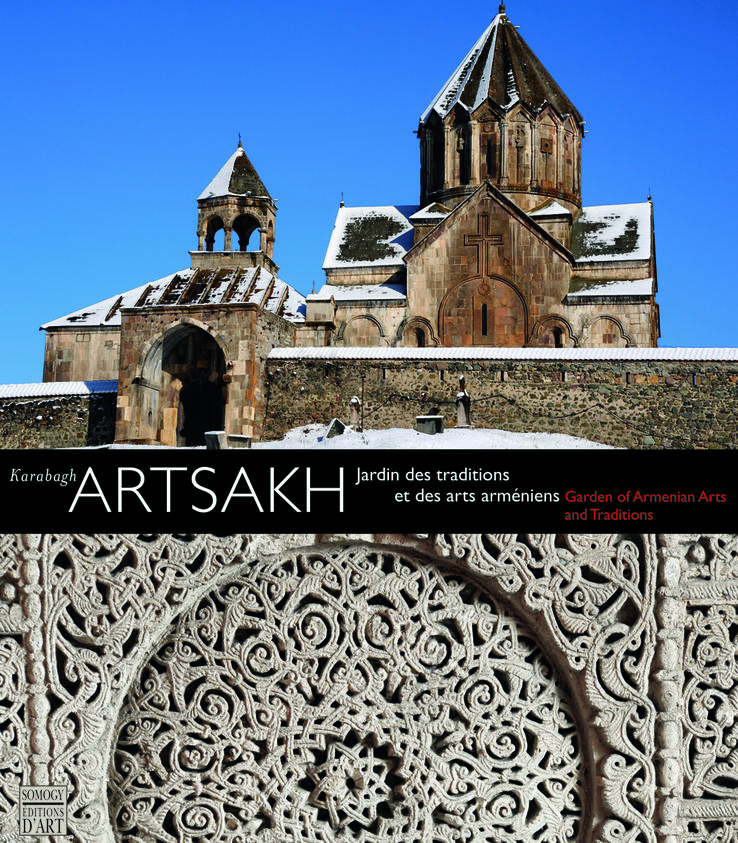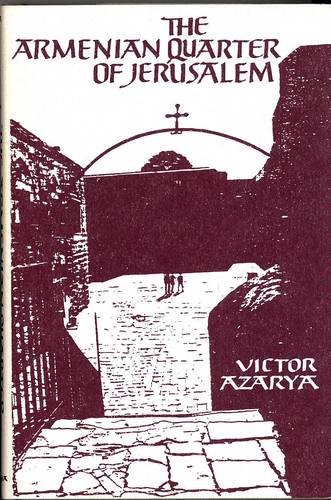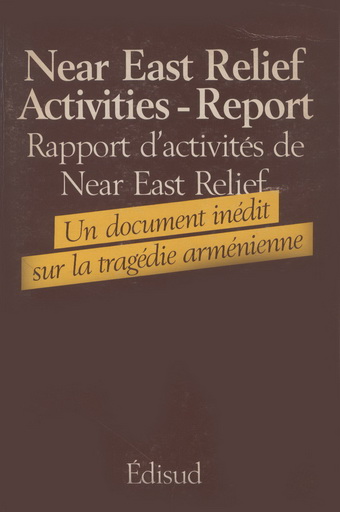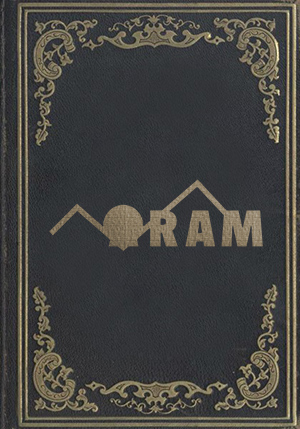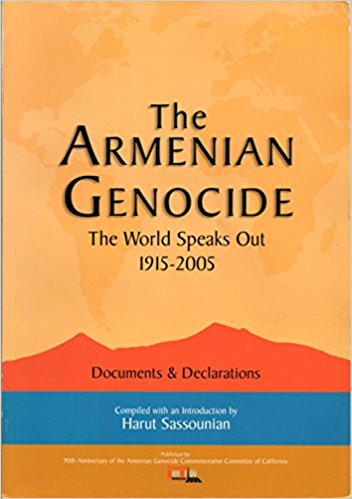Langue Biblio: Anglais
The Armenian Quarter of Jerusalem
Azarya’s examination of the delicate symbiosis between the lay and monastic communities is sensitive and sociologically acute. The contrasts of the Armenian quarter shed light on the differences between types of collectives, and illustrate the ways in which people stubbornly accomplish the mingling of what seem incompatible rules for living.
THE TURKISH CRIME OF OUR CENTURY
DECLARATION OF ALL ENSLAVED NATIONS OF TURKEY TO THE PUBLIC OPINION OF MANKIND AND EVERY MAN OF GOOD WILL This Publication aims: to attract the attention of mankind to the victimes of turkish atrocities and vandalisms and to perpetutate teh historical memory to those acts, to inform mankind of the policy of Genocide for millions … Leer la continuación
The Republic of Armenia (II)
The strategic geopolitical position of Transcaucasia, a region that both links and separates teh Russian and Near Eastern spheres, was emphatically demonstrated during the existence of the independant Republics of Armenia, Azerbaijan and Georgia, 1918-1921. The three neighboring states, born amidst war and revolution, manifested many common traits and concerns but, Armenia alone had been … Leer la continuación
The Armenian Genocide
The publication of “The Armenian Genocide: The World Speaks Out” marks 2005 the 90th year of the attempted annihilation of the Armenian people perpetrated by the Ottoman Turkish Government of 1915. Through the assembly of official documents and declarations of/by the International Community, as the world has shown its growing understanding of the magnitude and … Leer la continuación
The Republic of Armenia (I)
In 1918, the Armenian people emerged from centuries of foreign domination to establish a small Republic in the russian armenian Provinces of the Caucasus. While the populace struggled for physical survival in a devastated land, armenian Representatives at the Paris Peace Conference appealed for supportive action and the means to extend the boundaries of the … Leer la continuación

